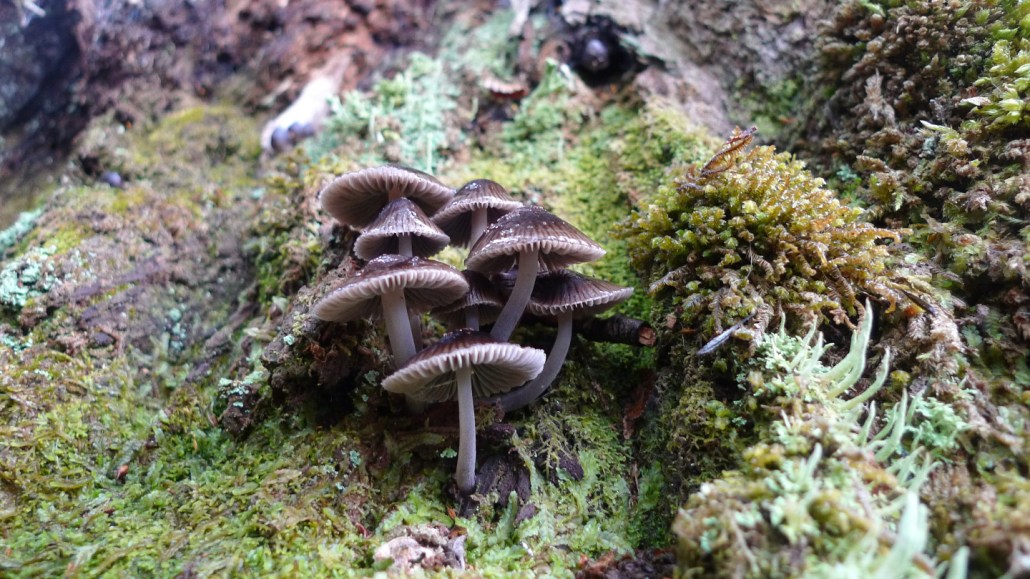
Mycologists are calling for adding the term “funga” to the phrase “flora and fauna.” Their hope: Raise the conservation profile of ecologically important mushrooms (an example shown), molds, yeasts and more.
G. Furci

Mycologists are calling for adding the term “funga” to the phrase “flora and fauna.” Their hope: Raise the conservation profile of ecologically important mushrooms (an example shown), molds, yeasts and more.
G. Furci